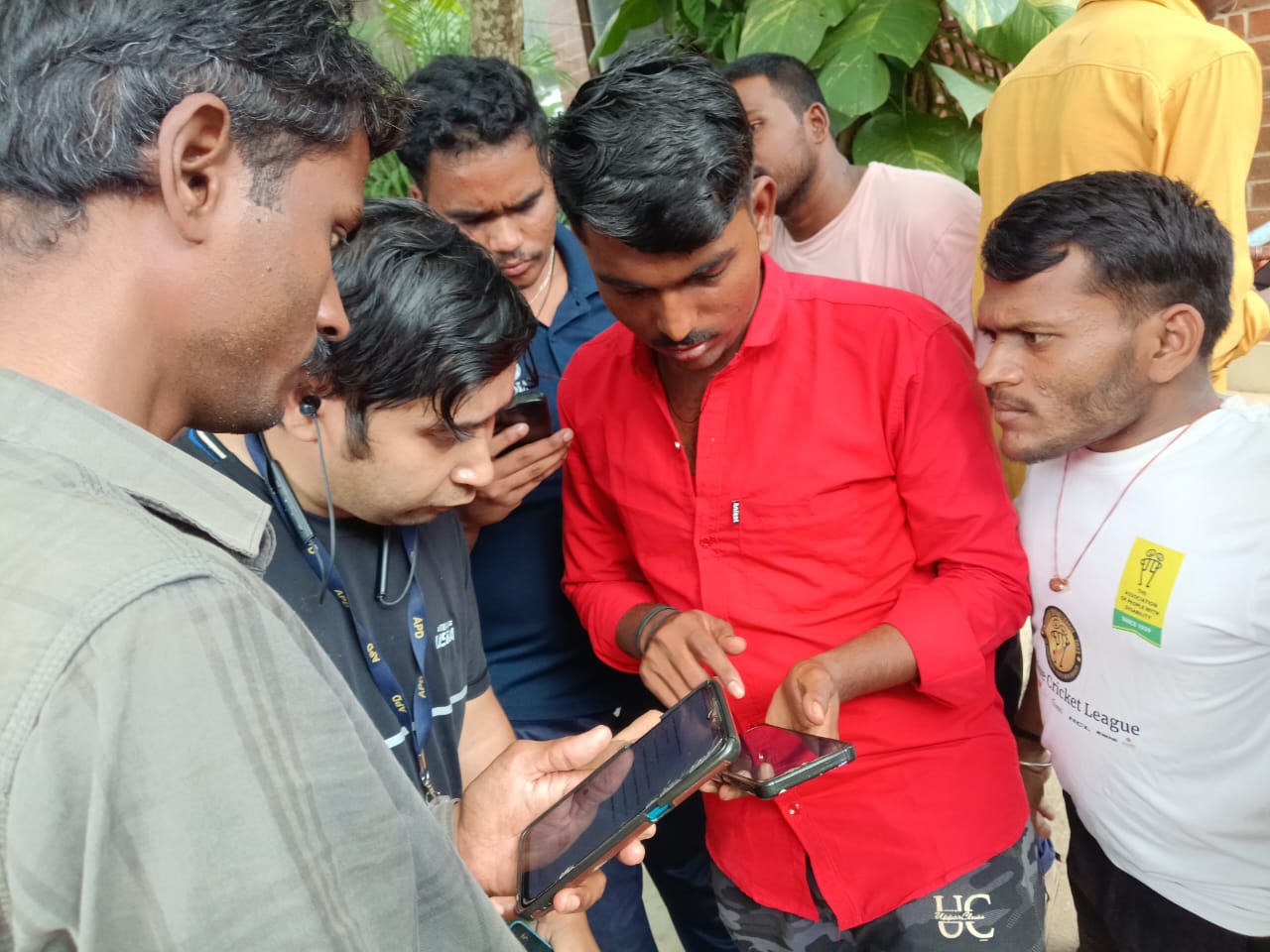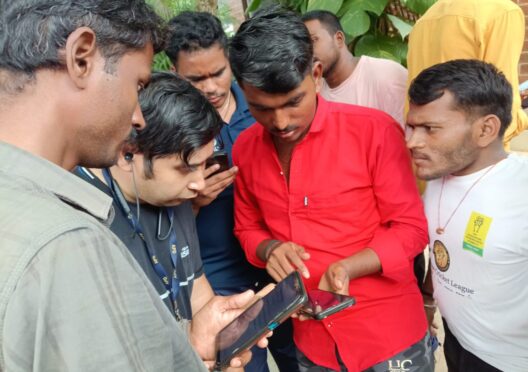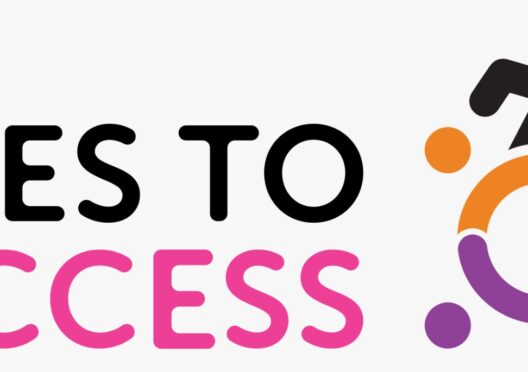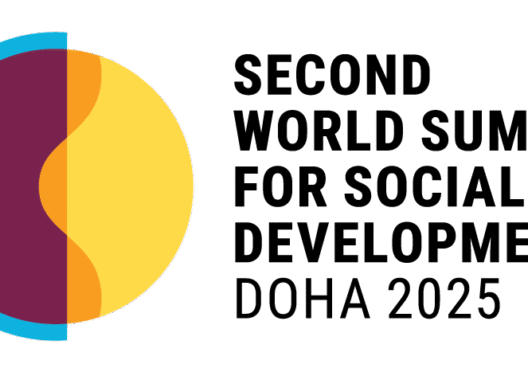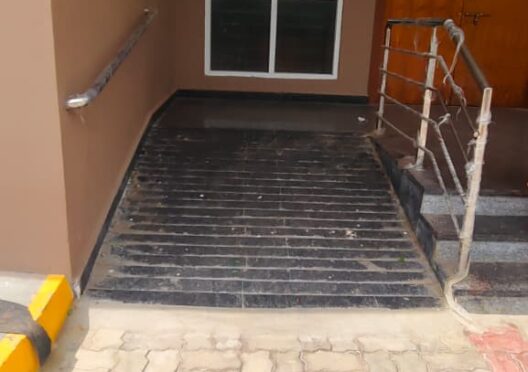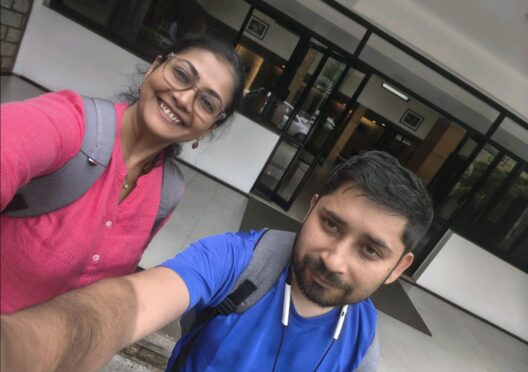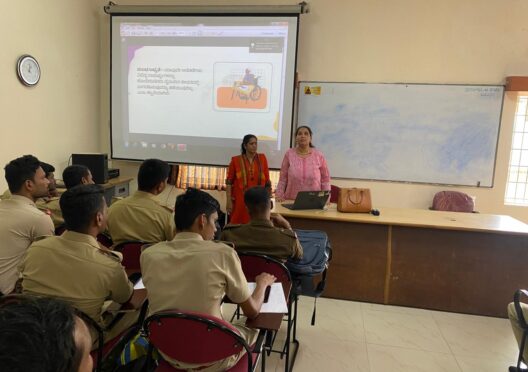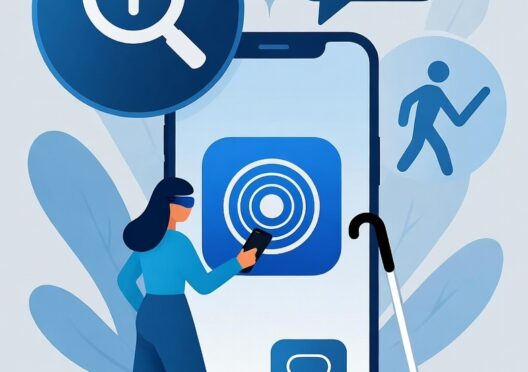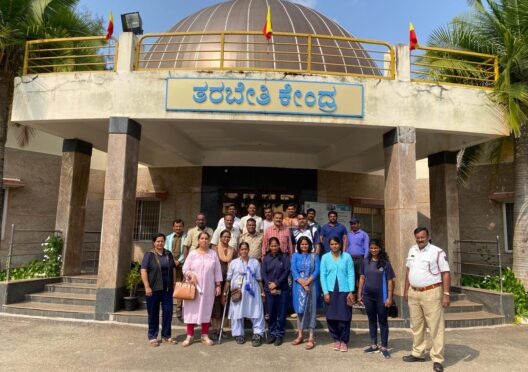Accessibility and Technology- Reflections from the Margins
Having worked both in rural and urban landscape, it has become increasingly clear that technology , particularly mobile, is a distant promise. It is here, in everyday lives, weaving itself into the social and cultural fabric of rural India. While policy discourse often measures digital inclusion in numbers,mobile penetration rates, smartphone usage, or broadband connectivity the lived reality is far more layered and textured.
Accessibility, in this context, is not only about screen readers, ramps, or text-to-speech features. It’s also about how people, especially those historically on the margins, negotiate with technology on their own terms. Whether it is the young boy with a speech disability using voice-to-text in WhatsApp, or an elderly woman listening to spiritual discourses on YouTube because her eyesight no longer allows her to read, accessibility here is improvised, localised, and relatable to the audience it is serving. While cultural and social aspects of the of their physical geography might take time to change but the technology has the ability to adapt quickly to the needs and aspirations of persons with disabilities while keeping the local sensibilities intact.
Much like the way internet adoption among rural youth has often been driven by entertainment, we are also seeing how technology is reshaping traditional norms of inclusion. A young woman, once restricted from community meetings, now participates through video calls. A school dropout, who once felt left behind, now learns the basics of video editing through free mobile apps and earns by making reels for local events.
These are not isolated stories. They signal a shift one where the idea of accessibility is no longer top-down, but participatory. And in many cases, accidental. Technology enters through the backdoor via entertainment, peer influence, or sheer curiosity but ends up unlocking deeper possibilities: of expression, mobility, visibility.
However, this transition is far from seamless.
The same platforms that offer new opportunities can also reproduce exclusions. Language remains a barrier English-only apps alienate many first-time users. Content that doesn’t reflect local dialects, accents, or cultural rhythms ends up reinforcing a feeling of ‘not belonging’. Accessibility, when viewed only through the urban-industrial lens, misses these subtle but significant misalignments.
I think starting with something like accessibility does not necessarily mean accessibility in social life.
I’ve seen how a visually impaired student in a block office uses an app that helps him read documents aloud, but is still denied a disability certificate due to bureaucratic hurdles. Or how a wheelchair user, who mastered Excel on his own, remains unemployed because digital access didn’t translate into social acceptance.
Technology is not a panacea. But it is a mirror reflecting the aspirations and anxieties of a society in transition. What excites me is not just what’s changing, but how people are making change happen in places where nothing much was expected to change.
In academic circles, we often talk about “smart cities” and “accessible design” as high-level constructs. But the real lab of accessibility is unfolding in village alleys, local fairs, community WhatsApp groups, and among people who hack, adapt, and negotiate with tools that were never built with them in mind.of design and dignity, we risk building another version of exclusion — just wrapped in better packaging.We need to pay attention. Because the next wave of inclusive technology will not only come from a global innovation summit or a policy white paper. It will emerge from the ground in the hands of those who are turning borrowed smartphones and patchy data packs into tools of resilience and adoption of technology. And unless we see accessibility not just as a feature but as a fundamental principle of design and dignity, we risk building another version of exclusion just wrapped in better packaging.




